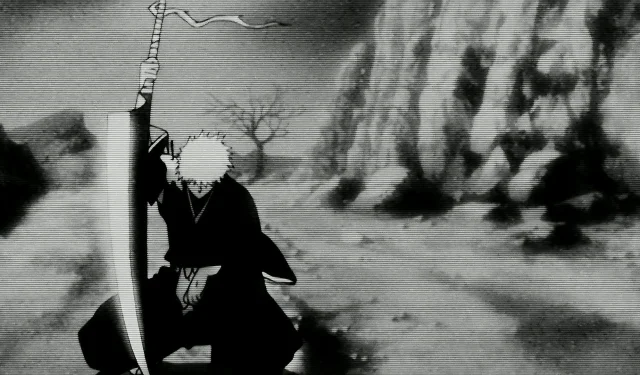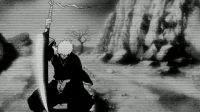Renowned for its exhilarating combat scenes and unexpected plot developments, Bleach transcends mere action to delve into profound philosophical reflections. This acclaimed series unfolds in a meticulously crafted afterlife, where Tite Kubo, the creator, explores the stark dualities of existence—such as life and death, love and hatred, and courage versus fear. Within this framework, Kubo examines interconnected themes that resonate throughout the narrative.
Each volume of Bleach is prefaced by a poignant quote or poem, typically centered around the protagonist featured on the cover. Notably, the poem from the first volume stands out as a critical key to unlocking Kubo’s overarching themes and messages.
Decoding the Poem from Volume 1: A Philosophical Interpretation
The Fear of the Unseen
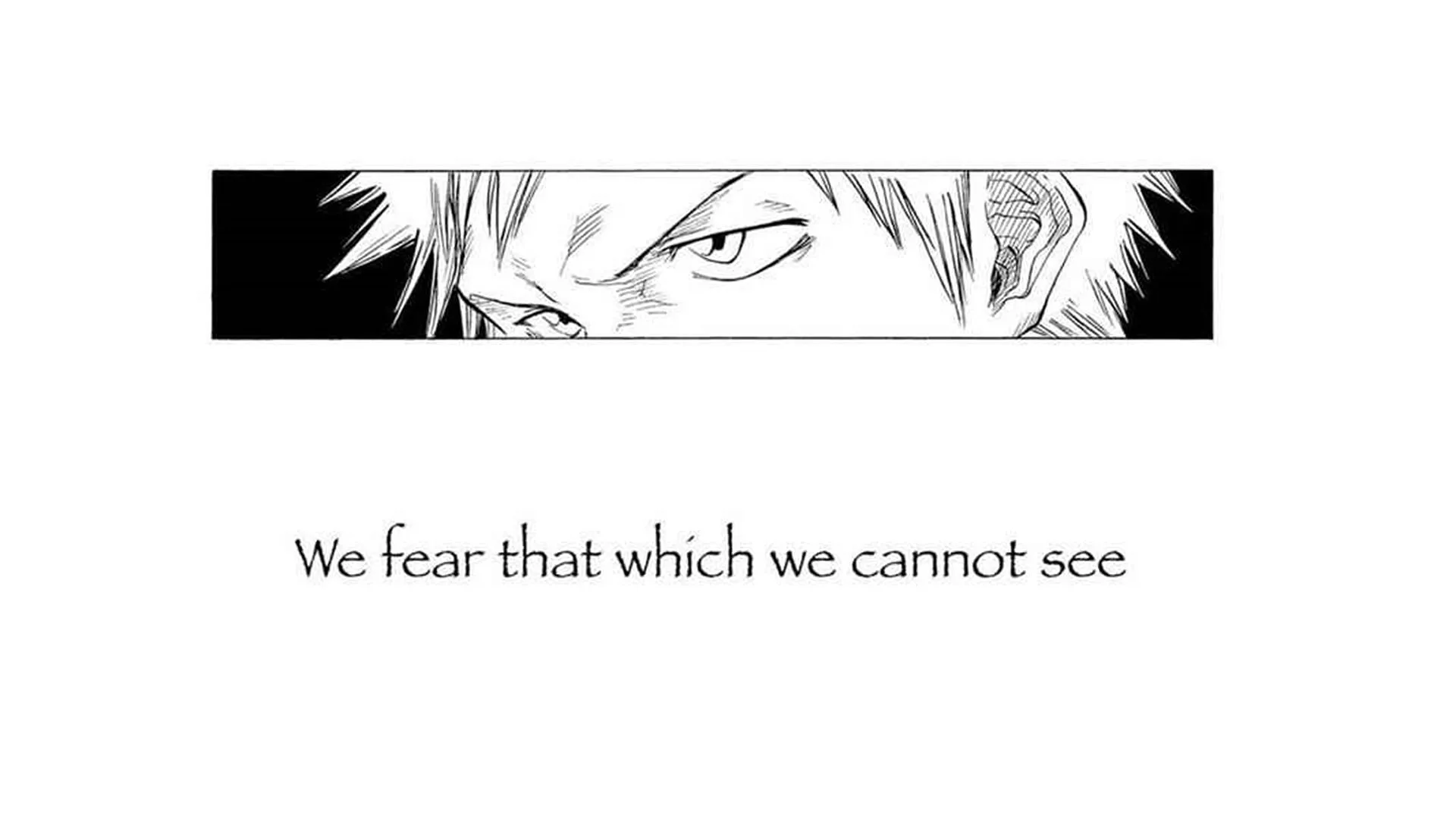
The introductory poems in each Bleach volume intricately enhance the narrative, providing nuanced reflections of the central characters and their journeys. Kubo’s verses are often cryptic, encapsulating the inner emotions and thoughts of the featured character, which gives a layered depth to the storyline.
In particular, the opening line of the first volume encapsulates a profound philosophical meditation:
“We fear what we can’t see.”
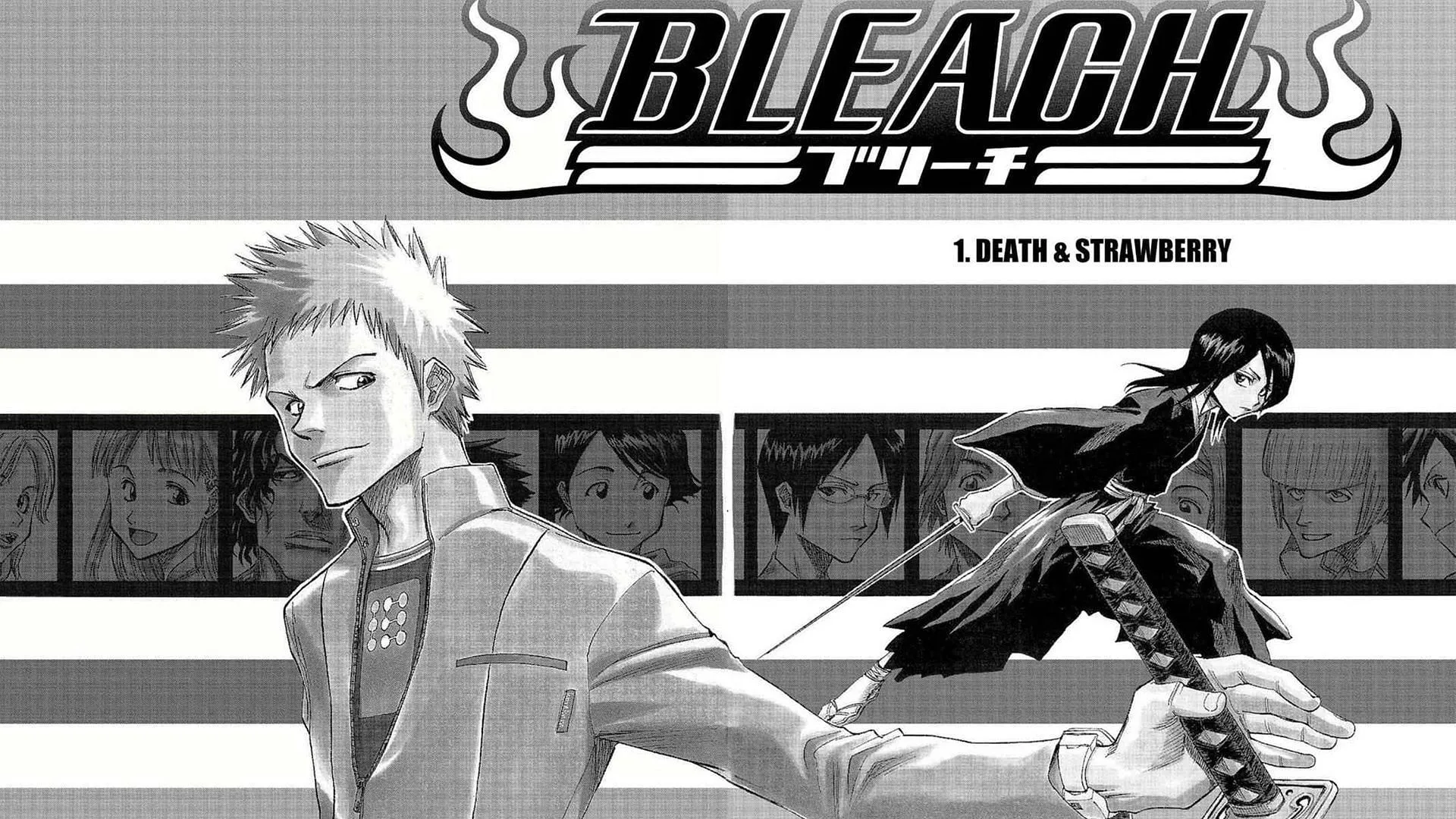
Though succinct, this sentence serves as a foundational theme throughout the series. Bleach questions humanity’s fear of the unknown by framing its narrative around themes of spirituality and the afterlife. The protagonist, Ichigo Kurosaki, stands out as someone uniquely capable of perceiving spirits, highlighting the story’s exploration of that which evades ordinary sight.
These unseen spirits embody the core message of the initial poem and resonate throughout the entire tale, hinting at deeper meanings that go beyond the merely visible. Indeed, the fear referenced may ultimately point to the concept of death—an enigmatic phenomenon shrouded in humanity’s anxiety and curiosity.
Death represents a fear not only because it signifies the end of life but also due to its inherent mystery; the uncertainty of what lies beyond is a fear that has plagued humankind since time immemorial. Drawing parallels, one might observe that a child’s fear of darkness mirrors this existential dread—the darkness symbolizes the unknown.
Tite Kubo himself has articulated his fascination with death, reflecting that curiosity as a driving force behind the creation of Bleach.
Unveiling Deeper Layers of Meaning
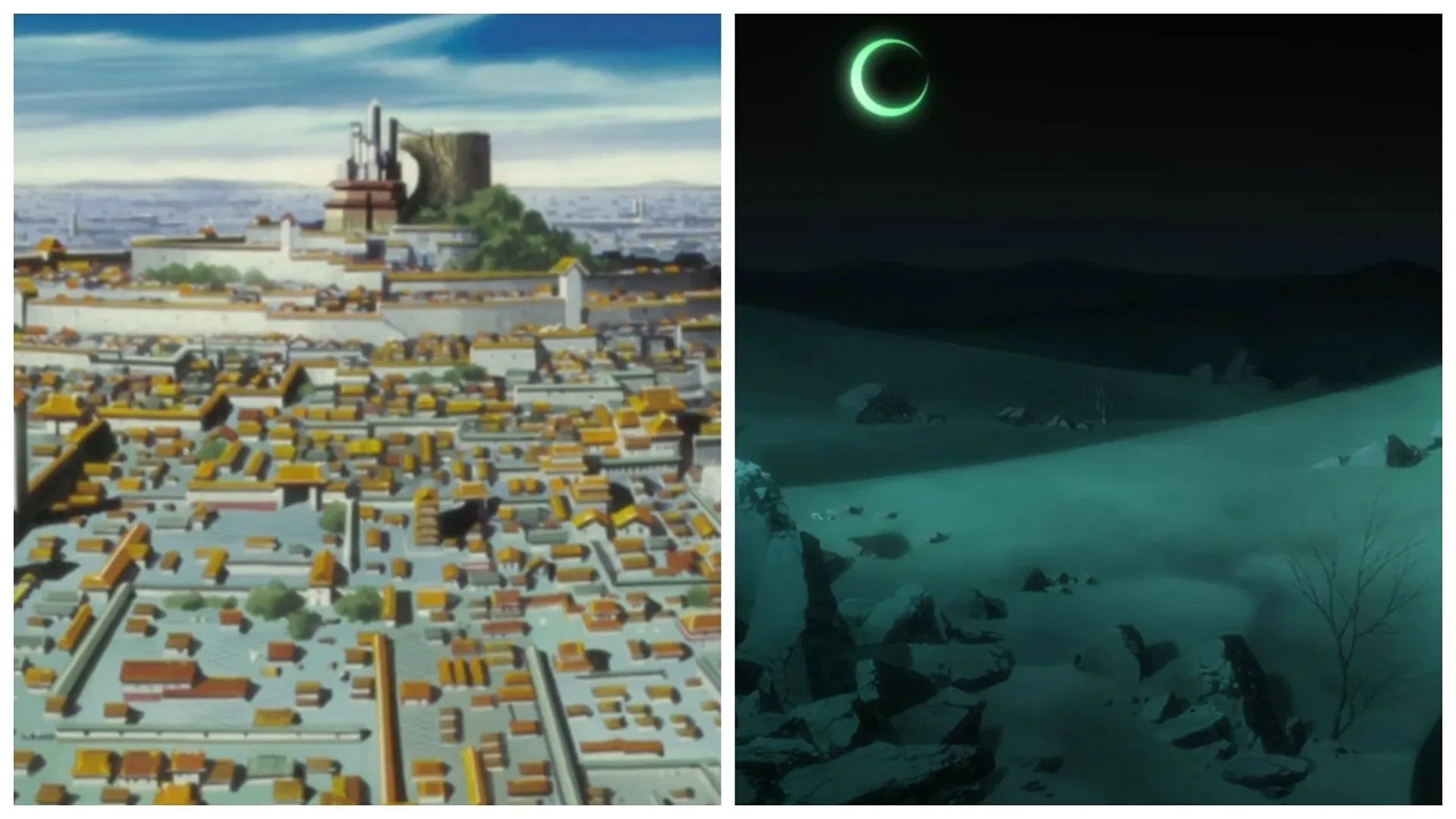
Beyond the exploration of death, Kubo’s narrative also delves into the more sinister fears lurking within human hearts—those evils that often remain unseen. These darker aspects of the soul, which can manifest in various disguises, often pose a greater danger than ghosts and spirits.
Within the world of Bleach, there exists a clear delineation between good and evil. The Shinigami serve as guardians of benevolent spirits, whereas the Hollow represent the perverse entities that consume souls. Nevertheless, Ichigo embodies a unique contradiction, being a Shinigami with Hollow powers, reminiscent of Naruto Uzumaki’s journey in Naruto, where he reconciles with his inner beast.
The narrative consistently emphasizes that the unseen threats often lie closest to home, disguised among the seemingly righteous. Characters such as Sosuke Aizen illustrate this idea; he masquerades as a caring Shinigami while secretly harboring malevolent intentions.
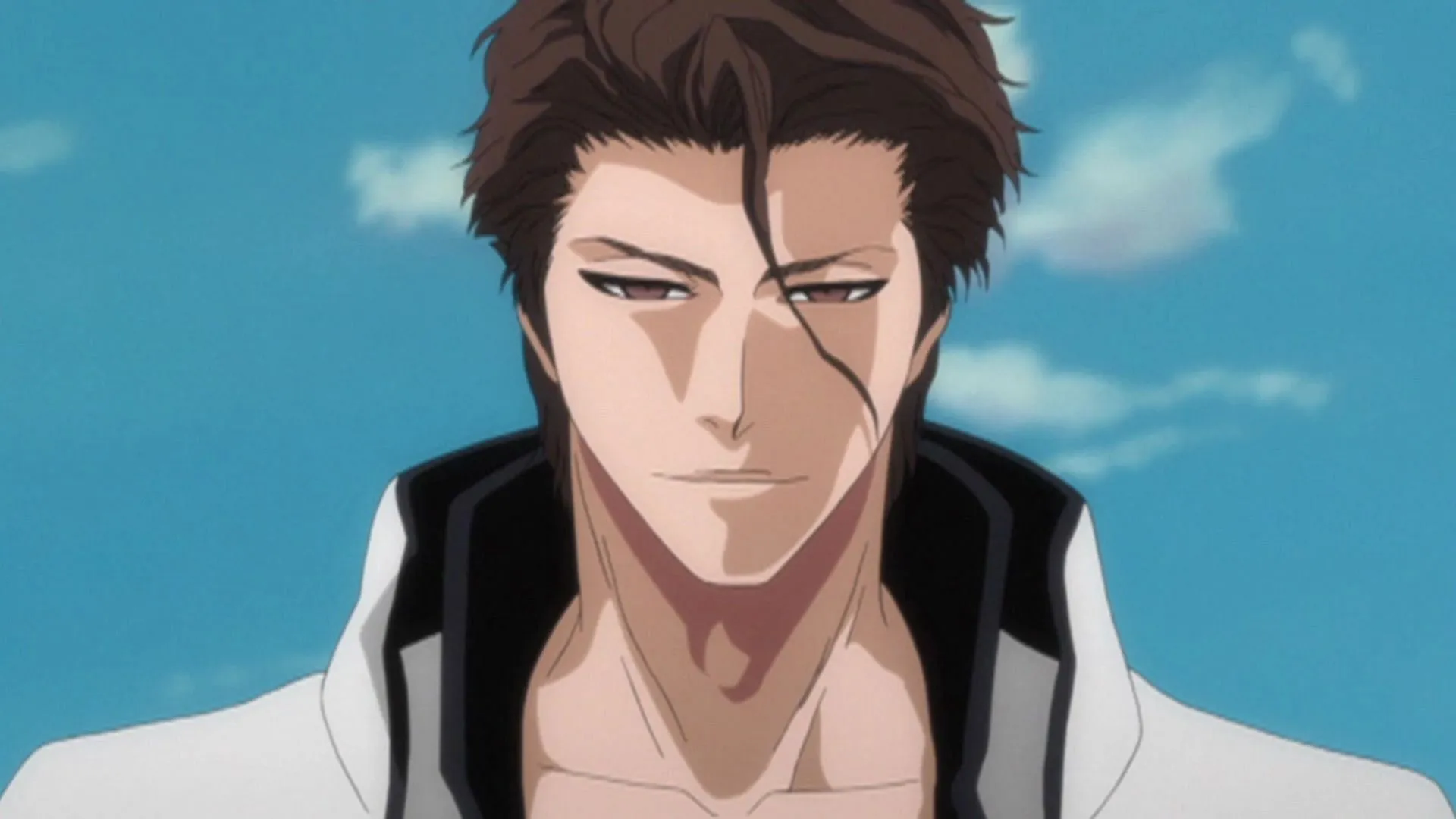
Aizen’s duplicity exemplifies how hidden evils can manipulate perception, leading to complacency right before their strike. This same theme plays out in the storyline involving Yhwach and the Quincy, who, after facing defeat, hid within the very societal structures they opposed, plotting their resurgence.
This example illustrates Kubo’s adept storytelling, where the poem in volume 1 subtly echoes the broader conflicts and themes, framing the unseen as both a narrative foundation and a source of tension. Yhwach’s ambitions reflect the primal fears introduced at the series’ outset—an attempt to eradicate death and its associated fears.
Ultimately, while Yhwach seeks to conquer death, Ichigo embraces his fears, transforming them into a source of strength rather than weakness. This evolution encapsulates a powerful trajectory within Bleach, moving from fear of the unseen toward acceptance and empowerment.
